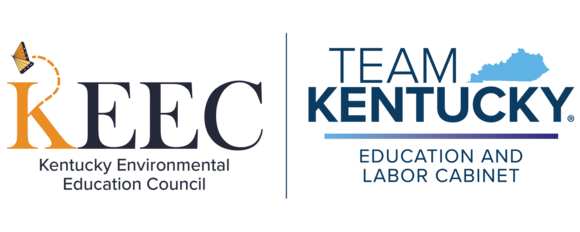- May 3, 2024
- 2 min read
The Youth Outdoor Policy Partnership has relaunched its Outdoor Policy Playbook.
NCEL hosted a panel to discuss the relaunch and benefits of the Policy Playbook. In the webinar below, you’ll learn about the latest state-level policy updates, winning coalition-building strategies, and exciting new success stories with a panel of youth outdoor policy leaders.
Panel participants included Ashley Hoffman, KAEE Executive Director, and KY State Representative Josie Raymond discussing the work of the partnership that has taken place this year.
The Playbook is a tool to help legislators and community leaders advance state policies that expand outdoor opportunities for young people. New features of the playbook include policy trends, community organization spotlights, and current bill tracking.
On the new bill tracking page, you can see current environmental bills by state or issue area. When you click on Kentucky, you can learn about House Bill 423, the nature-based childcare bill discussed in the webinar, and other environmental bills currently in the legislature.
The Playbook also offers an annual trend report and a resource center.
About the Youth Outdoor Policy Partnership
The Youth Outdoor Policy Partnership is a partnership of four organizations:
A nationwide network of lawmakers that is a resource of all things environmental. The NCEL works to connect lawmakers with peers across the country and connect with subject-matter experts.
A global movement of leaders working to turn the trend of an indoor childhood back out to the benefits of nature—and to make sure that all children have equitable access to outdoor spaces where they can learn, play and grow.
For more than five decades, NAAEE has promoted excellence in environmental education throughout North America and the world. They are dedicated to strengthening the field of environmental education and increasing the visibility and efficacy of the profession.
Their mission is to ensure that historically and deliberately excluded communities have access to the outdoors and that their history, values, and people are authentically reflected in public land and water management decisions.
You can learn more about the Youth Outdoor Policy Partnership and team on their website.




